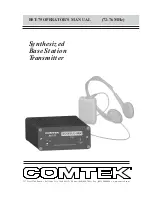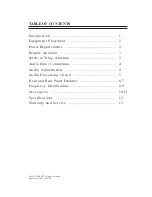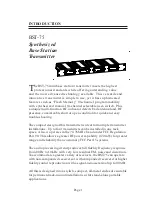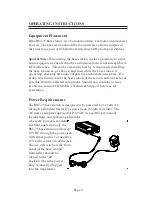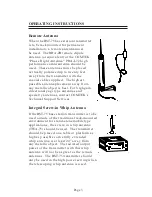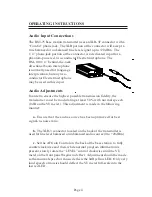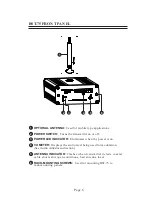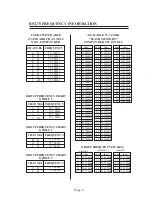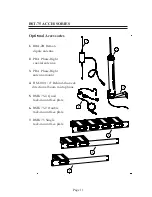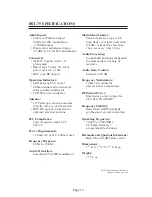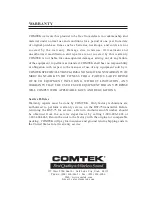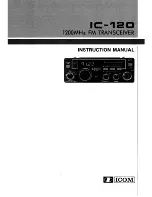
OPERATING INSTRUCTIONS
Audio Processing Circuit
The audio processing system incorporates a peak-level compressor to
prevent over-modulation and reduce audio distortion at high levels.
This compressor has a very fast attack time and a carefully controlled
decay time to optimize the dynamic performance of the audio process-
ing system. (The VU meter will indicate this compressor action when
the red LEDs are illuminated.) The audio is also equalized to add
pre-emphasis as well as a very sharp high frequency roll-off circuit to
minimize high frequency noise in the audio signal. The total frequency
response and performance of the system is, however, determined by the
corresponding de-emphasis and equalization used in the receiver.
In order to accommodate a greater variety of receivers, the BST-75
transmitter incorporates the option to operate with receivers that have
companded or non-companded audio processing. However, the BST-75
transmitter must operate non-companded with non-companded
receivers and companded only with receivers that incorporate
companding processing. A mismatch will result in unacceptable audio
performance.
Basic Companding Theory
The dynamic range of the audio signal is compressed in the transmitter
at a 2:1 ratio. The receiver then expands the audio signal at a comple-
mentary 1:2 ratio to restore the dynamic range of the audio signal to the
original level and also to provide additional noise reduction when no
audio signal is present.
Page 5

